This is the first post of laser types series. Toady’s subject is the operation of the main gas lasers, which were created in the 1960s.
Click in the button below to know the laser’s operation principle.
He-Ne lasers
This is the first continuous wave (CW) laser built, this type emits a continuous light beam with constant energy. The gain medium is a mix of helium (He) and neon (Ne) gases. It has proportions He:Ne between 7:1 and 10:1. That is, must have 7 or 10 times more pressure of He than Ne. Has a hollow bore tube inside the glass tube and electrodes (Anode/Cathode) to produce a potential difference DC with thousand of volts.


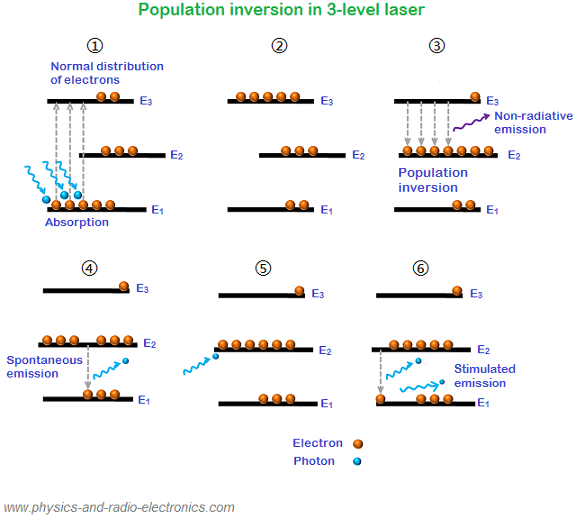
Produces red light with 632.8 nm wavelength. But can be built to produce infrared at 1152.3 nm or green light at 543.5 nm. The power is some milliwatts and wavelength is stable. However, efficiency and gain are low.
Application
He-Ne laser is used in physics lab for didactical applications, instrumentation and holography.
CO_{2} laser
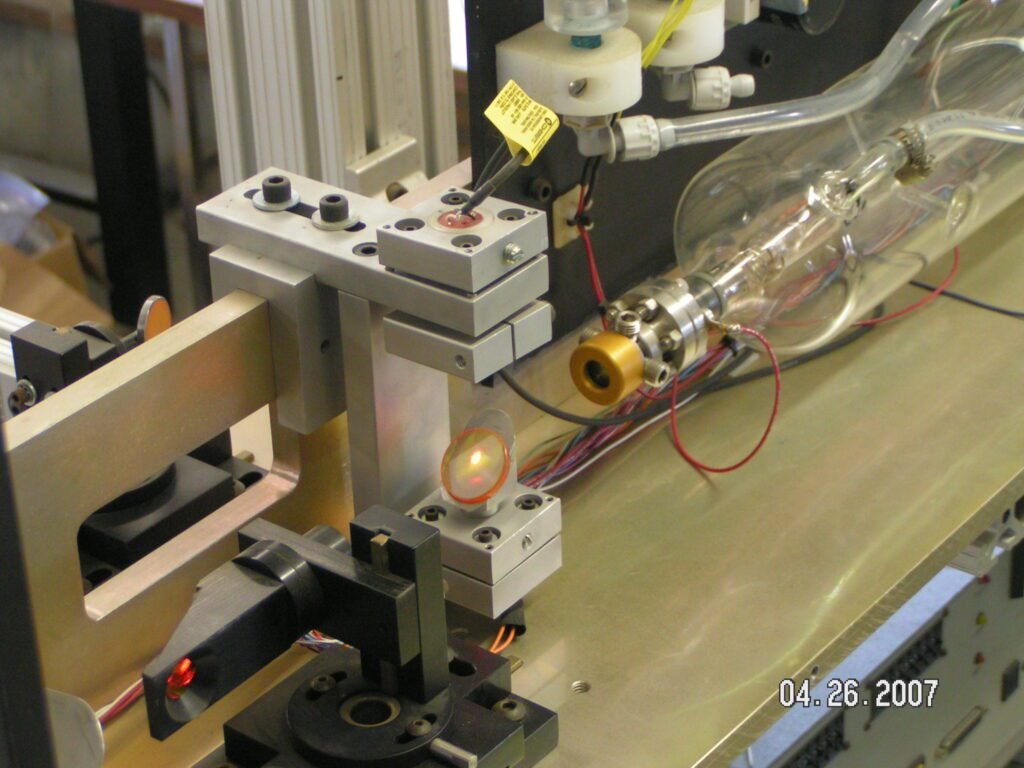
The gain medium is a mix of carbon dioxide (CO_{2}) and nitrogen (N_{2}). Just like the He-Ne laser, also needs a DC power source to energize nitrogen’s electron and make population inversion.
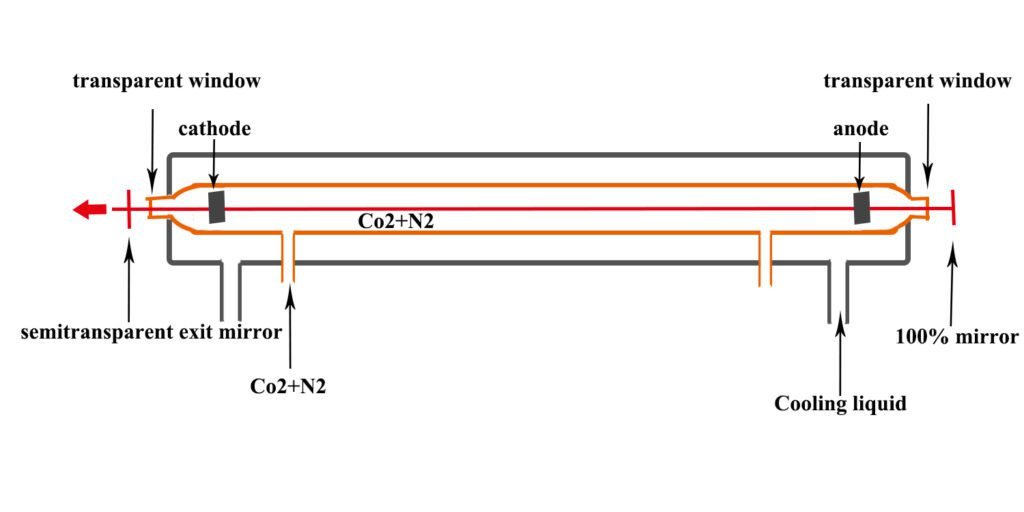
Applications
CO_{2} laser is used in industrial applications like: plate cutting, welding and drilling. And in medical applications like surgeries and skin treatment.Argon ion lasers

The medium gain is ionized argon (A^{+} or A^{+}), with one or two less electrons respectively. This continuous wave laser can operate in many wavelengths from infrared to ultraviolet. However, the light is more intense on 448 nm (blue light) and 514 nm (green light) wavelengths. Are more powerful than He-Ne, but less than carbon dioxide. Power can vary between some milliwatts to 100 W.
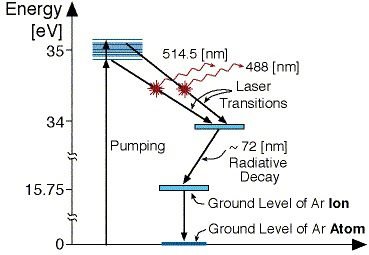
Adventure by Rami Ariele.
Structure
Argon is inside oxide beryllium (BeO) bore. A high voltage is used to ionize argon. In one side, there is a cathode with filament, whose function is create a magnetic field to keep atoms in the center, because they tend to stay apart from each other, due to equal sign charge.
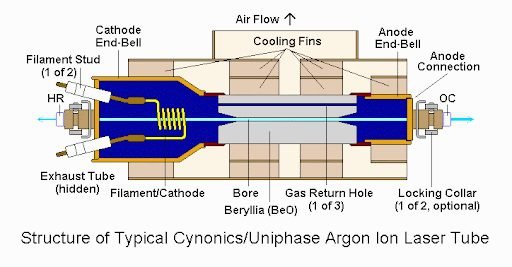
This type has a very low efficiency, around 0.1%, most of energy is dissipated as heat, produced by current density in the bore center. Because of that, it’s necessary high power to turn on the laser. To control temperature, has cooling by water around the core and/or cooling fins.
Applications
The ion-argon laser is used in eye surgeries, due to high precision. In addition to be applied in lithography, Raman spectroscopy, entertainment, holography, high speed printing and forensic medicine.
Other types
Exist other types of gas laser like krypton, that works similar to the argon and the He-Cd, with cadmium instead of neon.



I stumbled upon your weblog by accident, yet I am actually therefore happy I carried
out. This message was a goldmine of details.
Look into my site … Cheapest SR22 insurance